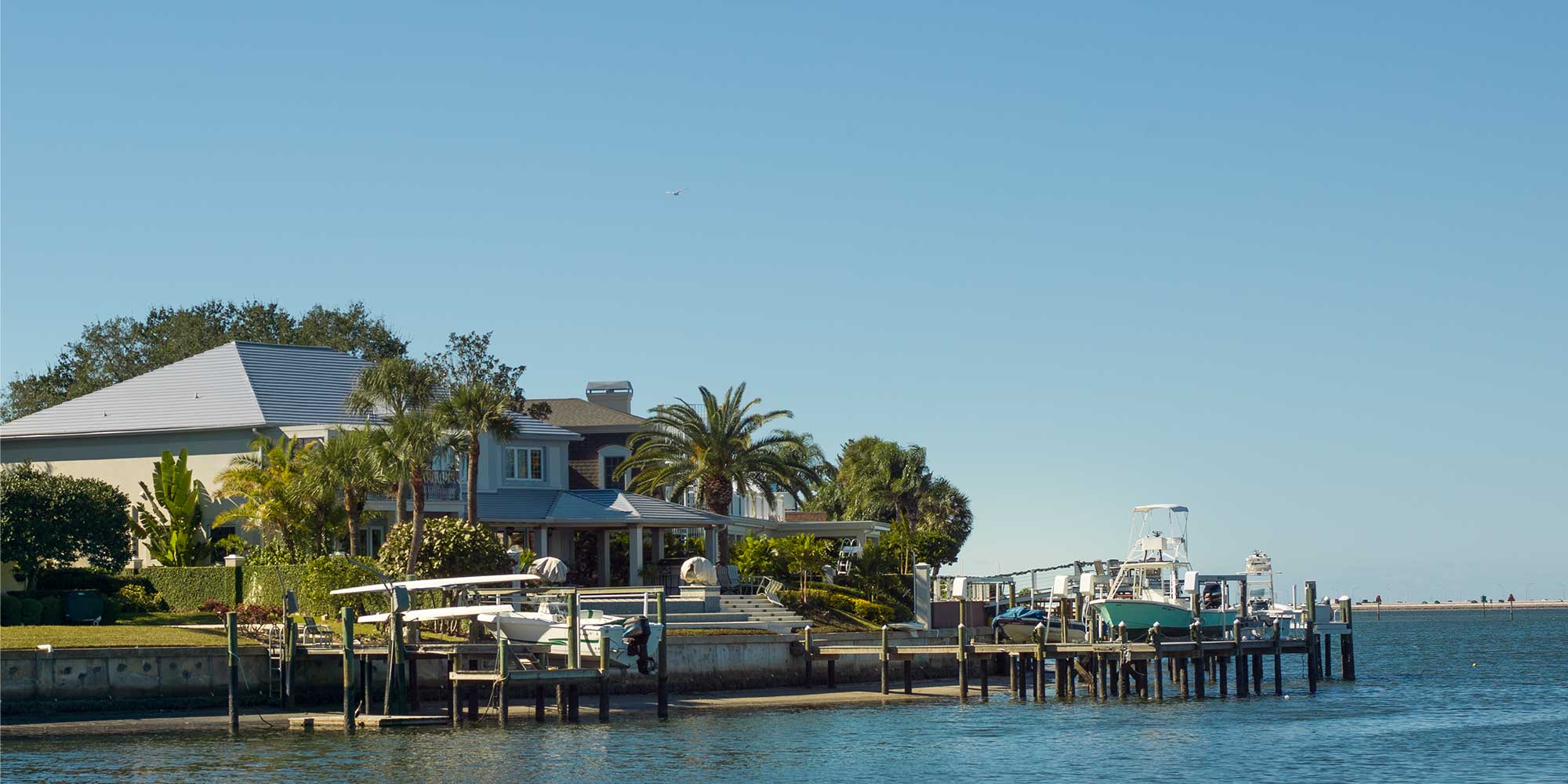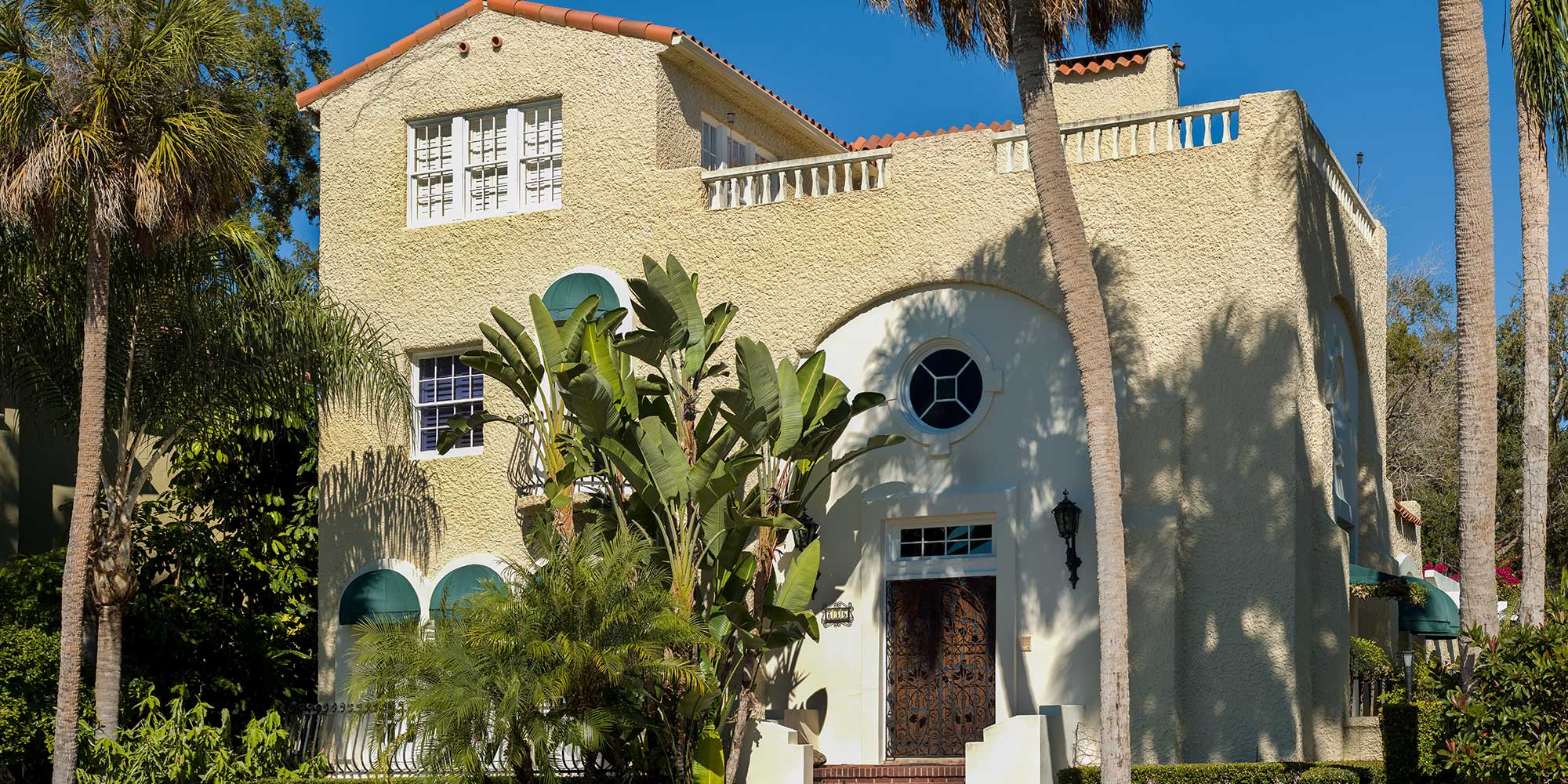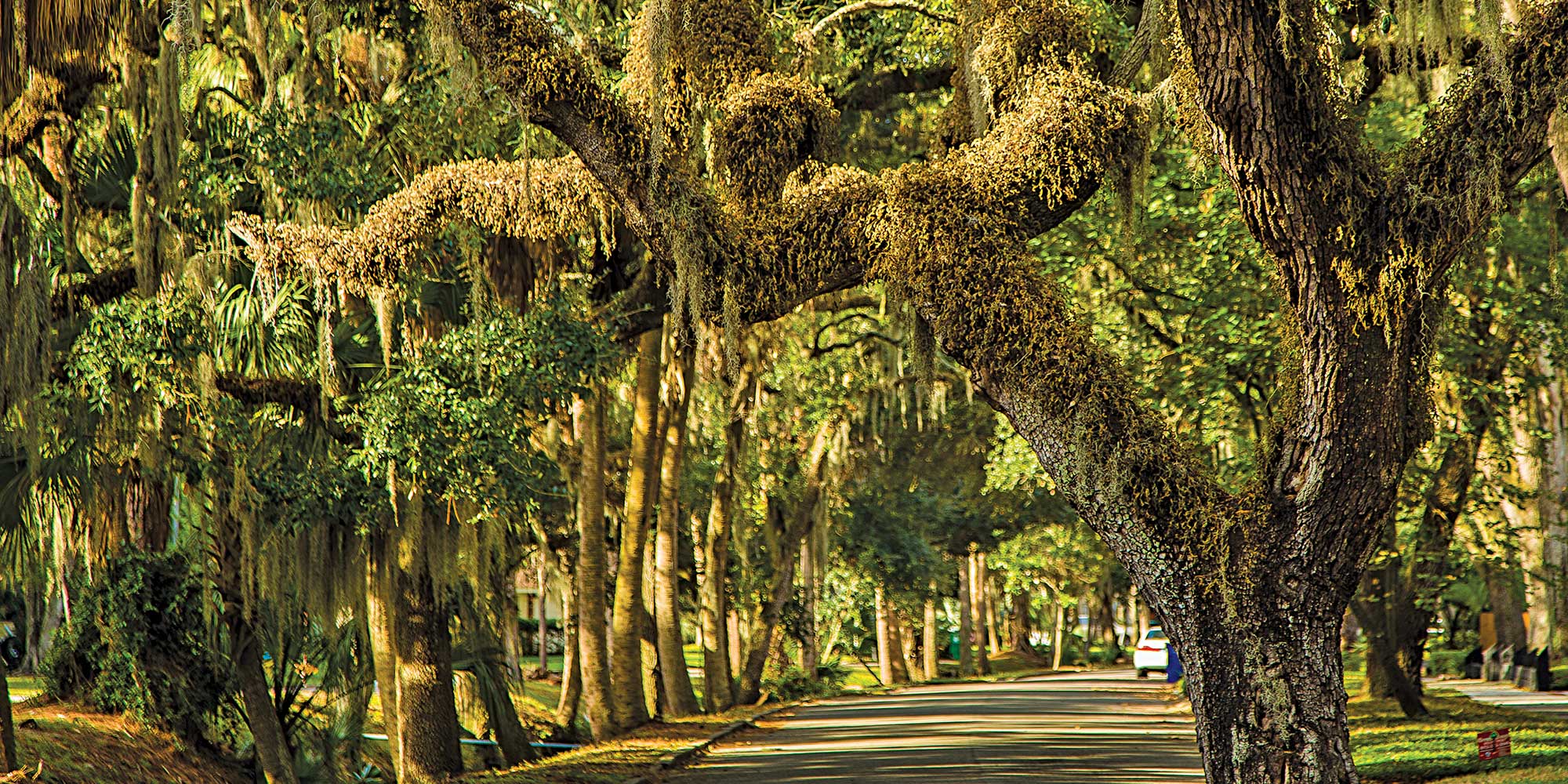“Nothing More.”
That was the slogan for the Beach Park Company’s development on the western side of Tampa’s Interbay Peninsula (what’s now South Tampa). Beach Park on the Bay, as it was originally called, was one of several 1920s Florida Land Boom communities to spring up in and around Tampa. Though it had a rocky start, it is now among the most desirable neighborhoods in the city.
The first person to own the area now known as Beach Park was Colonel Harry C. Culbreath, who purchased a large tract of land on Tampa Bay shortly after the Civil War for $1.25 an acre. Culbreath’s property also included his namesake modern-day neighborhoods of Culbreath Isles (largely dredged from the shoreline and shallows of the bay) and Culbreath Bayou, which appears on early maps as an actual bayou named for the colonel (Culbreath’s Bayou). He planted a large orange grove over most of the area, the first to do so on the Interbay Peninsula.
With the land boom heating up in the early 1920s, developer T. Roy Young, with his partners William Trice, Wallace Stovall, Ernest Hall, J.I. Todd and many others, purchased a vast tract of land and set out to create today’s Beach Park neighborhood. They were not the first with the idea of developing the bayfront property. In 1909, the Weeks and Wilder Company advertised land “west of the city” that was “the very best orange groves and vegetable lands in this vicinity.” They offered the buyer anything from a “building lot to a farm.” Given its distance from the city (Tampa’s western limit was Howard Avenue at the time), it is not surprising that the company did not make many sales.

It took another 14 years, and the incorporation of the Beach Park Company, before widespread attention again turned to the west side of the Interbay Peninsula. Much had changed during those years, but three highway projects had the greatest impact. On the north side of the peninsula, Hillsborough County built Memorial Highway (part of today’s Kennedy Boulevard) from the city limits at Howard Avenue to the Hillsborough-Pinellas County line. To the south, George Gandy was constructing the first bridge across Tampa Bay, connecting St. Petersburg and Tampa and reducing the travel time between the two cities from over four hours to less than one hour. The third highway project — West Shore Boulevard — pushed through oak and pine forests and connected the other two roadways.
The Beach Park subdivision was platted in 1924, and by 1926 there was a tremendous building boom. The company had many well-known Tampans as stockholders, and there was no doubt that the development was intended to be a successful community rather than one of the hundreds of real estate get-rich-quick schemes that permeated the Florida land boom.
In fact, many stockholders and company directors intended to live in Beach Park, including developers Young, Trice, and R.J. Ritter, plus Harold Wolf (brother of Fred Wolf, his co-owner of Wolf Brothers men’s store on Franklin Street). Other original Beach Park residents included Judge Julian Hazard and Carl Brorein, head of the Peninsular Telephone Company.
The growth of Beach Park was part of the larger land boom in Tampa and throughout Florida at this time. As with other Tampa neighborhoods from the era, many of the homes in Beach Park were designed by notable Tampa architects such as M. Leo Elliott and Franklin O. Adams. One home on Culbreath Avenue was designed by a woman architect, Susie Warlick, which was very unusual for this era.
Regardless of the actual architect, the general architecture in Beach Park followed styles that were popular in Florida and California during this time, including Mediterranean Revival, Spanish Revival and Italianate forms. The overall aesthetic was meant to evoke both the exotic locale and a certain refined comfort. Those styles were also a distinct departure from the bungalow style that had dominated Tampa neighborhoods over the past 10 to 15 years.

The boom came to a crashing end in late 1926, and by 1929, homes in the area were rented out at extremely low prices. The neighborhood, which faced an 85% foreclosure rate during the Great Depression, was an island of development in a forest-like sea, and hunting for alligators and small game was commonplace.
It took another land boom, after World War II, for Beach Park to come out of the wilderness. The post-war boom brought a whole other architectural style — the ranch. These homes were wider than they were deep, and they often took up two or three lots. They also included front-facing attached garages and emphasized energy efficiency (lower ceilings and fewer windows) and privacy (smaller or no front porches and enclosed backyards).
Today, Beach Park is among the most desired addresses in “old” Tampa. That desirability, though, sometimes comes at the cost of demolishing the older homes. However, there are several original Beach Park homes still in the neighborhood, including 823 and 836 Bayside Drive (both 1925), 4505 Beach Way Drive (1926), 5013 and 5015 South Shore Crest Circle (both 1925), 704 South West Shore Boulevard (1925), and 801 South West Shore (1924), which was the Beach Park Company office and is now known as the Beach Park Women’s Club building.
About the writer
Rodney Kite-Powell is the Director of the Touchton Map Library at the Tampa Bay History Center, where he joined the staff in 1995. He received a Bachelor of Arts from the University of Florida and a Master of Arts from the University of South Florida, both in the subject of U.S. history. Born and raised in Tampa, he has written and lectured extensively on the history of Tampa, Hillsborough County, and Florida. He was recently named the official historian for Hillsborough County by the board of county commissioners.



